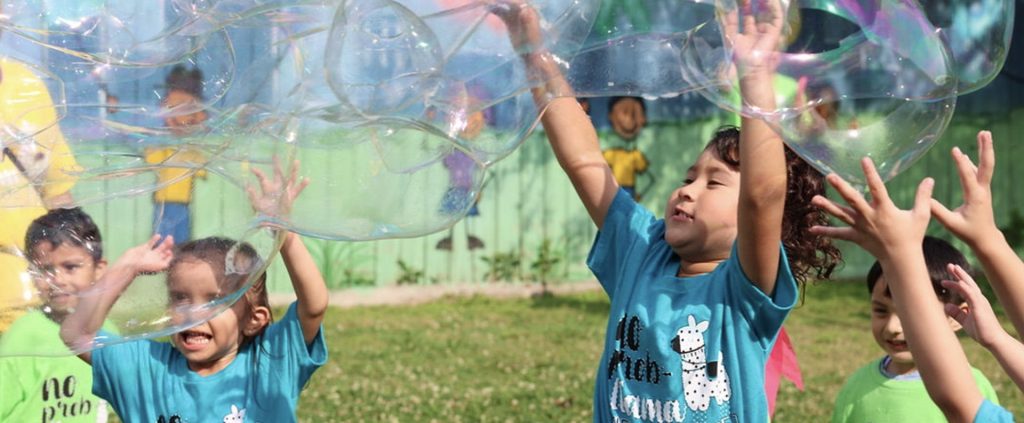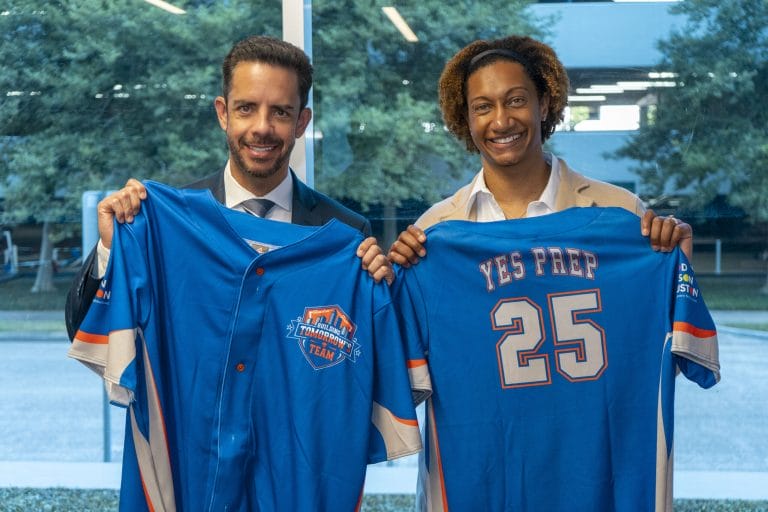
By S. Wesley Long, MD, PhD
Director, Diagnostic Microbiology
Houston Methodist
It goes without saying that the most effective way for a student to learn is in person, in the classroom with you, their teacher.
The COVID-19 pandemic adds a layer of complexity to teaching, however. Your students’ learning environment need not only be effective, but you and your students need to be protected from COVID-19.
5 Tips for Keeping Your Classroom Safe
While you can’t control the rate of community spread happening outside of your school, you can take steps to keep you and your students as safe as possible inside your school and classroom.
1. Routinely reinforce mask wearing
As adults, we can all appreciate the power of universal masking by now. Your students — especially younger ones — may need some reminding, however (and frequent reminding, at that).
Start by explaining that masks not only protect the wearer, but also act as a physical barrier that prevents infectious respiratory droplets from being released when someone who’s infected speaks or breathes. Remind your students that they can be sick without knowing it. Also, it is important that adults in the school are modeling good mask wearing behaviors. Students will follow their lead.
Still, given the amount of time you and your students will be spending in your masks, you’ll likely hear your fair share of mask-related complaining. From personal experience, I’ve found the best way to adjust to wearing a mask all day is to choose one that’s not only effective, but comfortable. This varies from person-to-person, and I recommend exploring the different options available — and encouraging your students to do the same.
The keys to an effective, but comfortable, mask are to ensure that it:
-
-
- Covers both your nose and mouth
- Allows plenty of breathing room and doesn’t irritate your skin or ears, while still fitting snug to your face
- Uses a non-porous material — and is worn once if it’s a surgical mask or washed frequently if it’s a cloth mask
- Doesn’t have a valve on it, as these valves allow droplets to freely bypass the mask when exhaling
-
Lastly, teachers may want to consider adding a face shield on top of your mask. A face shield can act as an added layer of protection, which can be particularly helpful if you’re higher risk. Keep in mind, however, that a face shield does not replace your mask. It is an added layer of protection in addition to a good mask.
2. Keep a close eye at lunch, in hallways and at recess
If we think social distancing is hard, imagine how hard it must be for kids.
Nevertheless, keeping at least six feet of distance between ourselves and others as often as possible is crucial during this pandemic.
Your classroom will likely be the easiest place to enforce social distancing. Hallways, cafeteria lines and playgrounds, however…well that’s a different story. In high schools, this may extend to parking lots and other areas on campus before and after school.
The best advice I can give is to just keep a very close eye for intermingling and crowding, particularly at lunch since kids won’t be wearing masks as they eat. In addition, remind students that loud talking, yelling and screaming all spread more respiratory droplets than normal talking.
3. Disinfect commonly touched surfaces
It’s still unclear how much of a role hard surfaces play in the spread of COVID-19, but disinfecting frequently touched items and surfaces, such as doorknobs, desks and classroom supplies, is still a good idea.
It’s also important to remind your students to avoid touching their eyes, nose or mouth as much as possible — as this is one of the best ways to avoid any surface-to-person transmission from occurring. That and frequent hand washing. This is another way that a face shield can provide added protection.
4. Know the symptoms, as well as the plan for handling a positive case
First and foremost, I think it’s very important to send a clear message that encourages your students to stay home if sick. But, just in case, you’ll still want to be aware and on the lookout for signs and symptoms of COVID-19 in your classroom.
The most common symptoms seen in kids seem to be fever, cough, headache, upset stomach and loss of taste or smell, but they can develop any of the full range of COVID-19 symptoms.
If a student is showing these symptoms, it’s important to know the proper protocol for handling a potential exposure, such as:
-
-
- Where to send the student
- Who to notify
- What happens if it’s a positive case
-
Your school and school district likely have a defined plan for these events. Being familiar with this plan ahead of time can help reduce stress and confusion if a potential exposure does occur.
5. Get vaccinated
Now that we have a vaccine for COVID-19, I recommend getting vaccinated as soon as it’s made available to you. You may want to reach out to your private physician, as well as your school and public health officials, to determine the easiest way for you to obtain a COVID-19 vaccine this spring.
If you’re nervous about these new vaccines, rest assured that any vaccine approved by the FDA will have been thoroughly tested and reviewed for both safety and effectiveness. In addition, the risk of experiencing serious symptoms or being hospitalized from COVID-19 is far greater than the known and potential side effects of these vaccines.
Visit Houston Methodist On Health for more advice and tips on staying safe during the COVID-19 pandemic.




